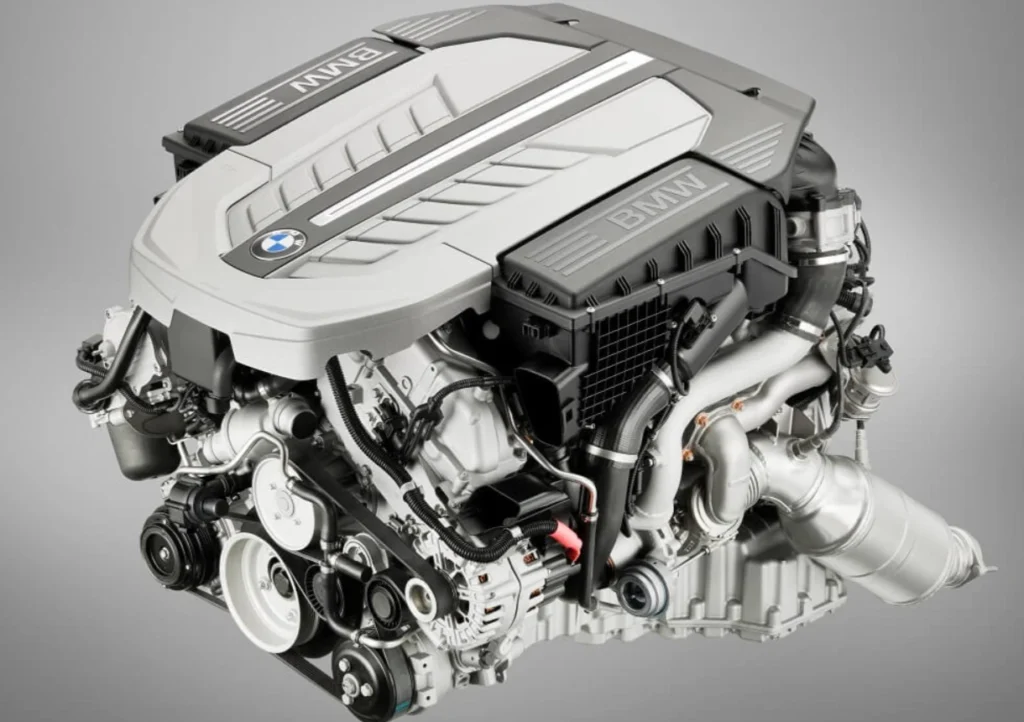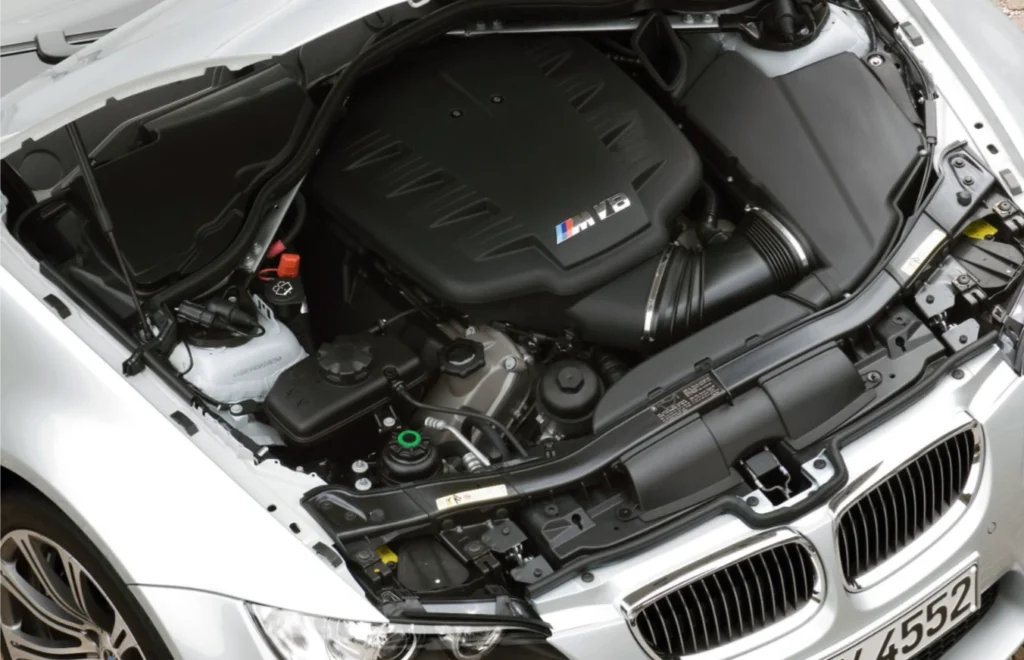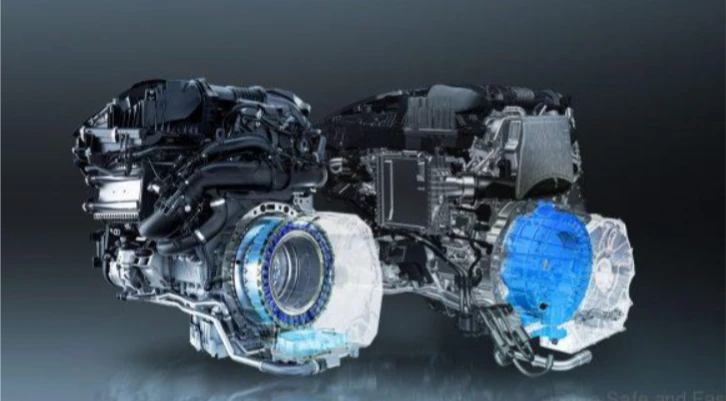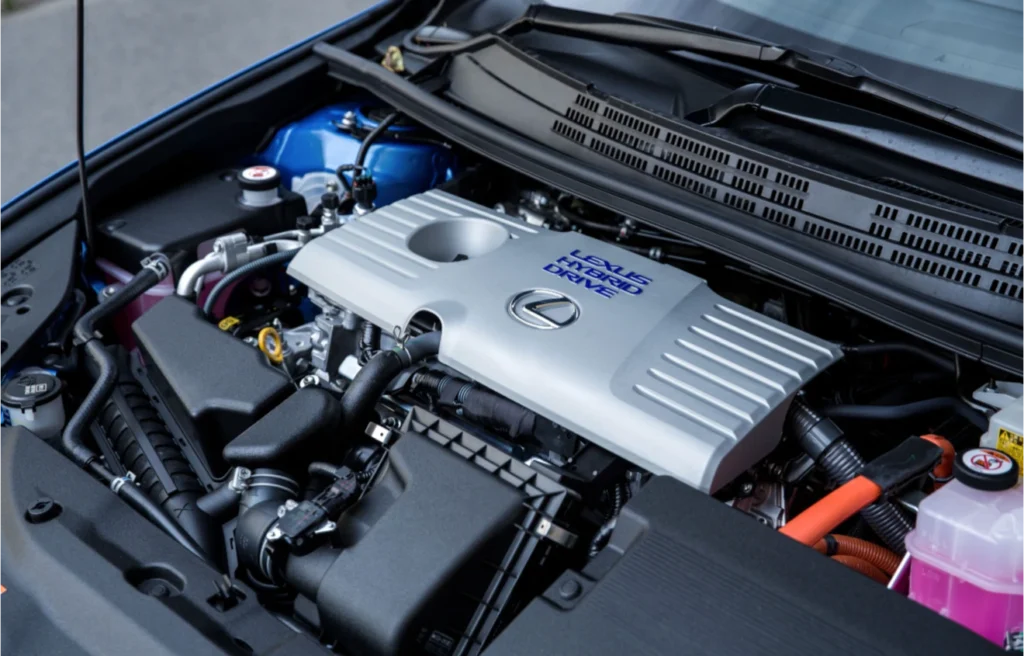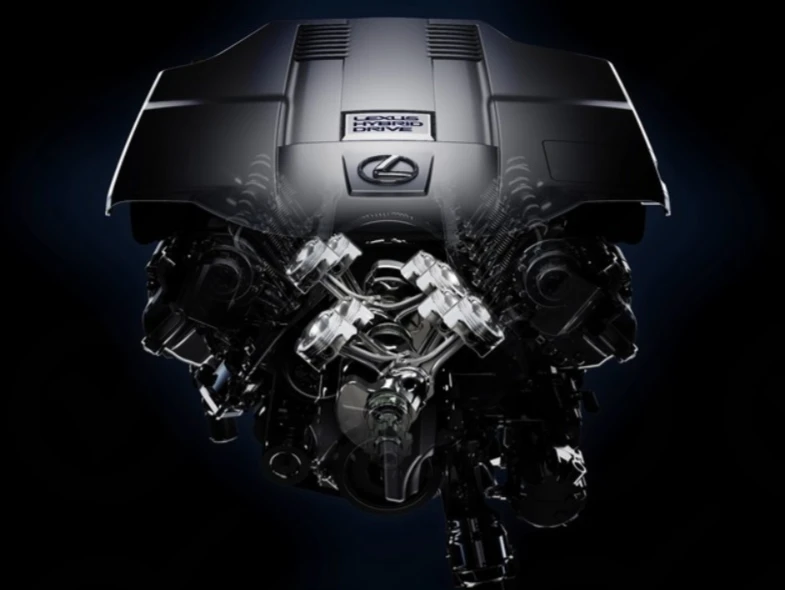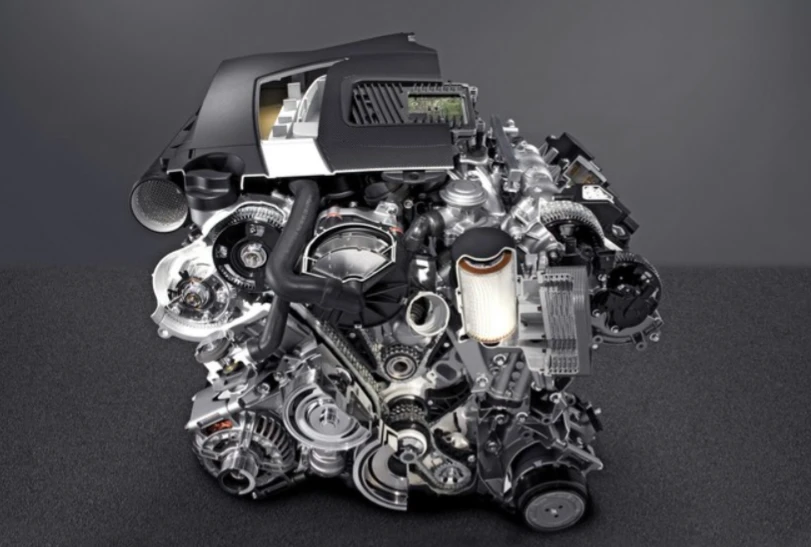The BMW N74 engine is a twin-turbocharged V12 petrol engine that has been produced since 2008. It is BMW’s first turbocharged V12 engine and is also used in several Rolls-Royce models. The N74 engine is designed to deliver high performance, smoothness, and refinement, while meeting the strict emission standards and fuel efficiency requirements of the modern era.
History and Development
The N74 engine replaced the naturally aspirated N73 engine, which was the last of BMW’s V12 engines without turbochargers. The N73 engine was used in the BMW 760i and 760Li models from 2003 to 2008, as well as in the Rolls-Royce Phantom from 2003 to 2017. The N73 engine had a displacement of 6.0 liters and produced 327 kW (439 hp) and 600 N⋅m (443 lb⋅ft) of torque.
The N74 engine was developed as part of BMW’s EfficientDynamics strategy, which aimed to reduce fuel consumption and CO2 emissions, while increasing power and performance. The N74 engine shares many features with BMW’s N63 engine, which is a twin-turbocharged V8 petrol engine that was introduced in 2008. Both engines have direct injection, double-VANOS variable valve timing, and twin-scroll turbochargers. However, the N74 engine does not have variable valve lift (Valvetronic), which is present on the N63 engine.
The N74 engine was first used in the BMW 760i and 760Li models, which were launched in 2009 as part of the F01/F02 generation of the BMW 7 Series. The N74 engine was also used in the Rolls-Royce Ghost, which was introduced in 2010 as a smaller and more affordable alternative to the Phantom. The N74 engine was later used in the Rolls-Royce Wraith, which was unveiled in 2013 as a fastback coupe version of the Ghost, and in the Rolls-Royce Dawn, which was launched in 2015 as a convertible version of the Wraith.
In 2016, the N74 engine was updated with a technical revision (TU), which increased the power output and reduced the fuel consumption and emissions. The revised N74 engine was used in the BMW M760Li xDrive, which was the first M Performance model of the 7 Series, and in the Rolls-Royce Ghost Black Badge and Wraith Black Badge, which were special editions with enhanced performance and styling.

N74 Engine
In 2017, the N74 engine was enlarged to 6.75 liters and used in the new Rolls-Royce Phantom, which was the eighth generation of the flagship model. The enlarged N74 engine was also used in the Rolls-Royce Cullinan, which was introduced in 2018 as the first SUV from the luxury brand, and in the new Rolls-Royce Ghost, which was launched in 2020 as the second generation of the model.
Features and Specifications
The N74 engine is a 60-degree V12 engine with a displacement of either 6.0 liters, 6.6 liters, or 6.75 liters, depending on the model and year. The engine has an aluminum alloy block and cylinder heads, and uses a forged steel crankshaft, forged steel connecting rods, and cast aluminum pistons. The engine has four valves per cylinder, operated by dual overhead camshafts on each cylinder bank. The engine has a compression ratio of 10:1 and a redline of 7000 rpm.
The N74 engine uses twin-scroll turbochargers, which are located on the outside of the engine, between the cylinder banks. The twin-scroll design allows the exhaust gases from each pair of cylinders to flow separately into the turbine, reducing interference and improving responsiveness. The turbochargers use a boost pressure of 11.6 psi (0.8 bar) and are cooled by air-to-water intercoolers. The engine also uses an electrically driven auxiliary water pump, which circulates coolant through the intercoolers and the turbochargers even when the engine is switched off, to prevent heat soak and prolong the lifespan of the components.
The N74 engine uses direct injection, which injects fuel directly into the combustion chambers at a pressure of up to 200 bar (2,900 psi). The direct injection system allows for more precise fuel metering and better mixture formation, resulting in improved power, efficiency, and emissions. The engine also uses double-VANOS variable valve timing, which adjusts the timing of the intake and exhaust valves continuously, depending on the engine speed and load. The double-VANOS system optimizes the engine performance, torque, and responsiveness, while reducing fuel consumption and emissions.
The N74 engine is paired with an 8-speed automatic transmission, which is supplied by ZF. The 8-speed transmission offers a wide range of gear ratios, which allows for smooth and quick shifts, as well as improved acceleration and fuel economy. The transmission also features a Sport mode, which adapts the shift points and the throttle response to the driving style, and a Manual mode, which allows the driver to select the gears manually using the gear lever or the steering wheel paddles. The transmission also has a coasting function, which decouples the engine from the transmission when the driver lifts off the accelerator, reducing the engine speed and the fuel consumption.

The N74 engine is equipped with various technologies and systems that enhance the engine performance, reliability, and comfort. Some of these include:
- A start-stop system, which automatically switches off the engine when the vehicle is stationary, and restarts it when the driver presses the accelerator, reducing the fuel consumption and emissions.
- A brake energy regeneration system, which converts the kinetic energy of the vehicle during braking or coasting into electrical energy, and stores it in the battery, reducing the alternator load and the fuel consumption.
- An active sound design system, which uses the speakers to amplify and modify the engine sound, creating a more sporty and emotional sound experience.
- A dynamic damper control system, which adjusts the stiffness of the engine mounts, depending on the driving situation, enhancing the engine smoothness and the ride comfort.
- A crankcase ventilation system, which recirculates the blow-by gases from the crankcase to the intake manifold, reducing the oil consumption and the emissions.
- An oil supply system, which uses an electronically controlled oil pump and a variable oil pressure valve, to regulate the oil pressure and volume, depending on the engine speed and load, improving the engine efficiency and lubrication.
- A cooling system, which uses an electronically controlled thermostat and a variable coolant pump, to control the coolant temperature and flow, depending on the engine and ambient conditions, enhancing the engine performance and warming-up.
Performance and Output
The N74 engine has different power and torque outputs, depending on the model and year. The following table summarizes the performance and output of the N74 engine variants:
| Engine | Displacement | Power | Torque | Year | Model |
|---|---|---|---|---|---|
| N74B60 | 5,972 cc (364.4 cu in) | 400 kW (536 hp) at 5,250 rpm | 750 N⋅m (553 lb⋅ft) at 1,500–5,000 rpm | 2009–2015 | BMW 760i/760Li |
| N74B66 | 6,592 cc (402.3 cu in) | 420 kW (563 hp) at 5,250 rpm | 780 N⋅m (575 lb⋅ft) at 1,500–5,000 rpm | 2009–2020 | Rolls-Royce Ghost |
| 442 kW (593 hp) at 5,250 rpm | 840 N⋅m (620 lb⋅ft) at 1,500 rpm | 2016–2020 | Rolls-Royce Ghost V-Specification | ||
| 465 kW (624 hp) at 5,600 rpm | 800 N⋅m (590 lb⋅ft) at 1,500–5,500 rpm | 2013–2022 | Rolls-Royce Wraith | ||
| 420 kW (563 hp) at 5,250 rpm | 820 N⋅m (605 lb⋅ft) at 1,500 rpm | 2015– | Rolls-Royce Dawn | ||
| N74B66TU | 6,592 cc (402.3 cu in) | 449 kW (602 hp) at 5,500 rpm | 800 N⋅m (590 lb⋅ft) at 1,500 rpm | 2016–2022 | BMW M760Li xDrive |
| N74B68 | 6,750 cc (411.9 cu in) | 420 kW (563 hp) at 5,000 rpm | 900 N⋅m (664 lb⋅ft) at 1,700 rpm | 2017– | Rolls-Royce Phantom |
| 420 kW (563 hp) at 5,000 rpm | 850 N⋅m (627 lb⋅ft) at 1,600 rpm | 2018– | Rolls-Royce Cullinan | ||
| 420 kW (563 hp) at 5,000 rpm | 850 N⋅m (627 lb⋅ft) at 1,600 rpm | 2020– | Rolls-Royce Ghost |
Advantages and Disadvantages
The N74 engine has several advantages and disadvantages, compared to other engines in its class. Some of the advantages are:
- The N74 engine offers a high level of power and torque, which enables the vehicles to accelerate from 0 to 100 km/h (62 mph) in less than 5 seconds, and reach a top speed of over 250 km/h (155 mph).
- The N74 engine provides a smooth and refined driving experience, with minimal vibration and noise, thanks to the balanced configuration of the V12 engine, the advanced technologies and systems, and the high-quality materials and craftsmanship.
- The N74 engine achieves a reasonable fuel efficiency and emission level, considering its size and output, due to the use of turbochargers, direct injection, variable valve timing, and other features that reduce the fuel consumption and emissions.
Some of the disadvantages are:
- The N74 engine is very expensive to produce and maintain, as it requires a lot of resources, components, and expertise, to ensure its quality and reliability. The N74 engine also increases the cost and weight of the vehicles, which affects their handling and agility.
- The N74 engine is subject to strict regulations and taxes, especially in some markets, where the engine displacement, power output, and emission level are limited or penalized, making the vehicles less competitive and attractive to the customers.
- The N74 engine is not very environmentally friendly, as it still consumes a lot of fuel and emits a lot of CO2, compared to other engines that use alternative fuels or hybrid systems, which are more sustainable and eco-friendly.
FAQ
Here are some of the frequently asked questions about the BMW N74 engine:
How many cylinders does the BMW N74 engine have?
The BMW N74 engine has 12 cylinders, arranged in a V shape, with an angle of 60 degrees between the cylinder banks.
What is the difference between the N74B60, N74B66, N74B66TU, and N74B68 engines?
The main difference between these engines is their displacement, which affects their power and torque output. The N74B60 engine has a displacement of 6.0 liters, the N74B66 engine has a displacement of 6.6 liters, the N74B66TU engine is a revised version of the N74B66 engine with more power and less fuel consumption, and the N74B68 engine has a displacement of 6.75 liters.
Which models use the BMW N74 engine?
The BMW N74 engine is used in several BMW and Rolls-Royce models, such as the BMW 760i/760Li, the BMW M760Li xDrive, the Rolls-Royce Ghost, the Rolls-Royce Wraith, the Rolls-Royce Dawn, the Rolls-Royce Phantom, and the Rolls-Royce Cullinan.
How reliable is the BMW N74 engine?
The BMW N74 engine is generally reliable, as it is built with high-quality materials and components, and undergoes rigorous testing and inspection, to ensure its durability and performance. However, the N74 engine is also complex and sophisticated, and requires regular maintenance and care, to prevent any issues or failures. The N74 engine is also sensitive to the quality of the fuel and oil, and may suffer from problems such as carbon build-up, oil leaks, or turbo failures, if not properly serviced and maintained.
How much does the BMW N74 engine cost?
The BMW N74 engine is one of the most expensive engines in the market, as it is a premium and exclusive engine that is only available in a few models. The exact cost of the N74 engine depends on the model, year, and condition of the vehicle, but it can range from tens of thousands to hundreds of thousands of dollars. The N74 engine also has a high operating cost, as it consumes a lot of fuel and oil, and requires frequent and expensive maintenance and repairs.

